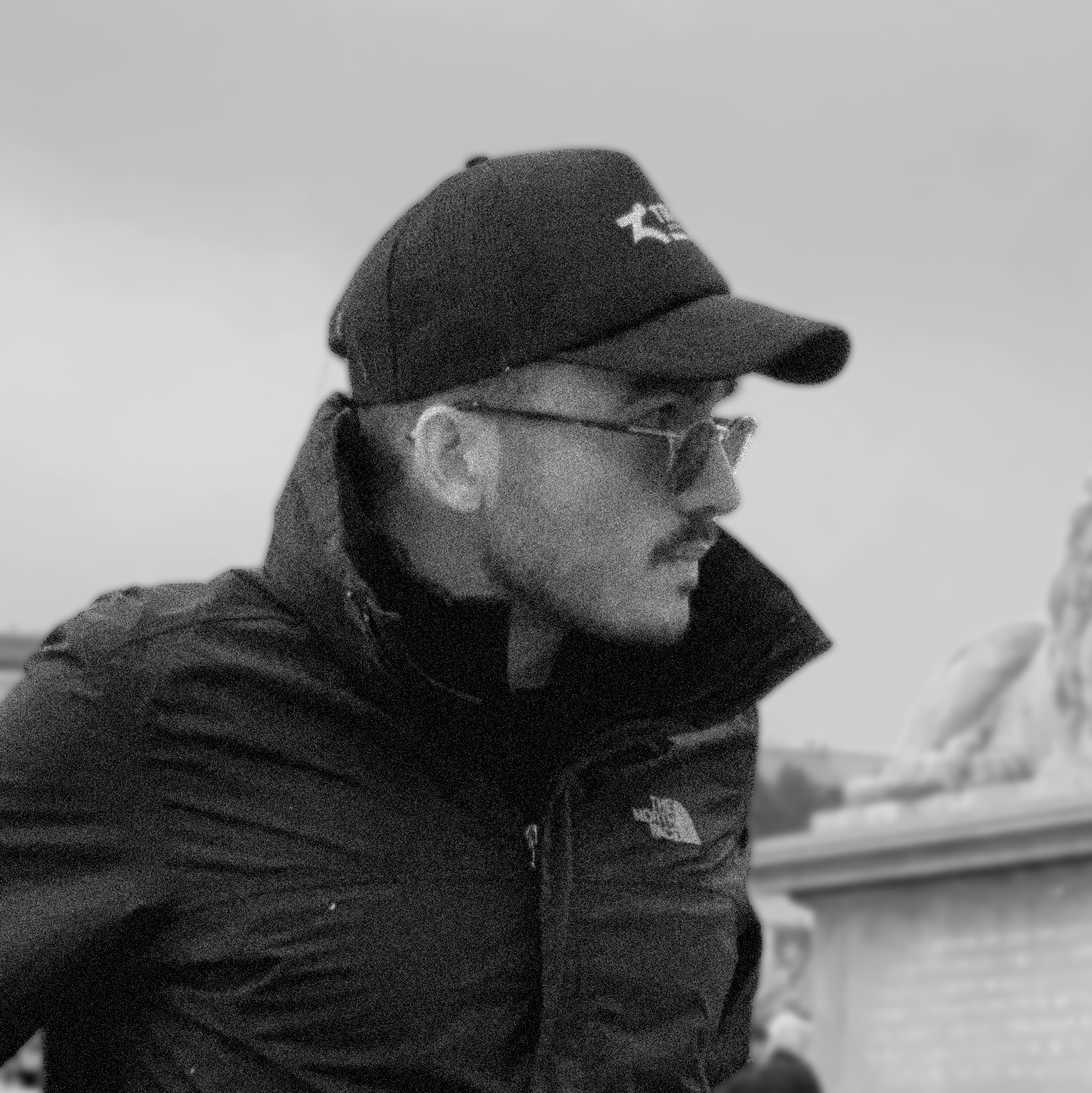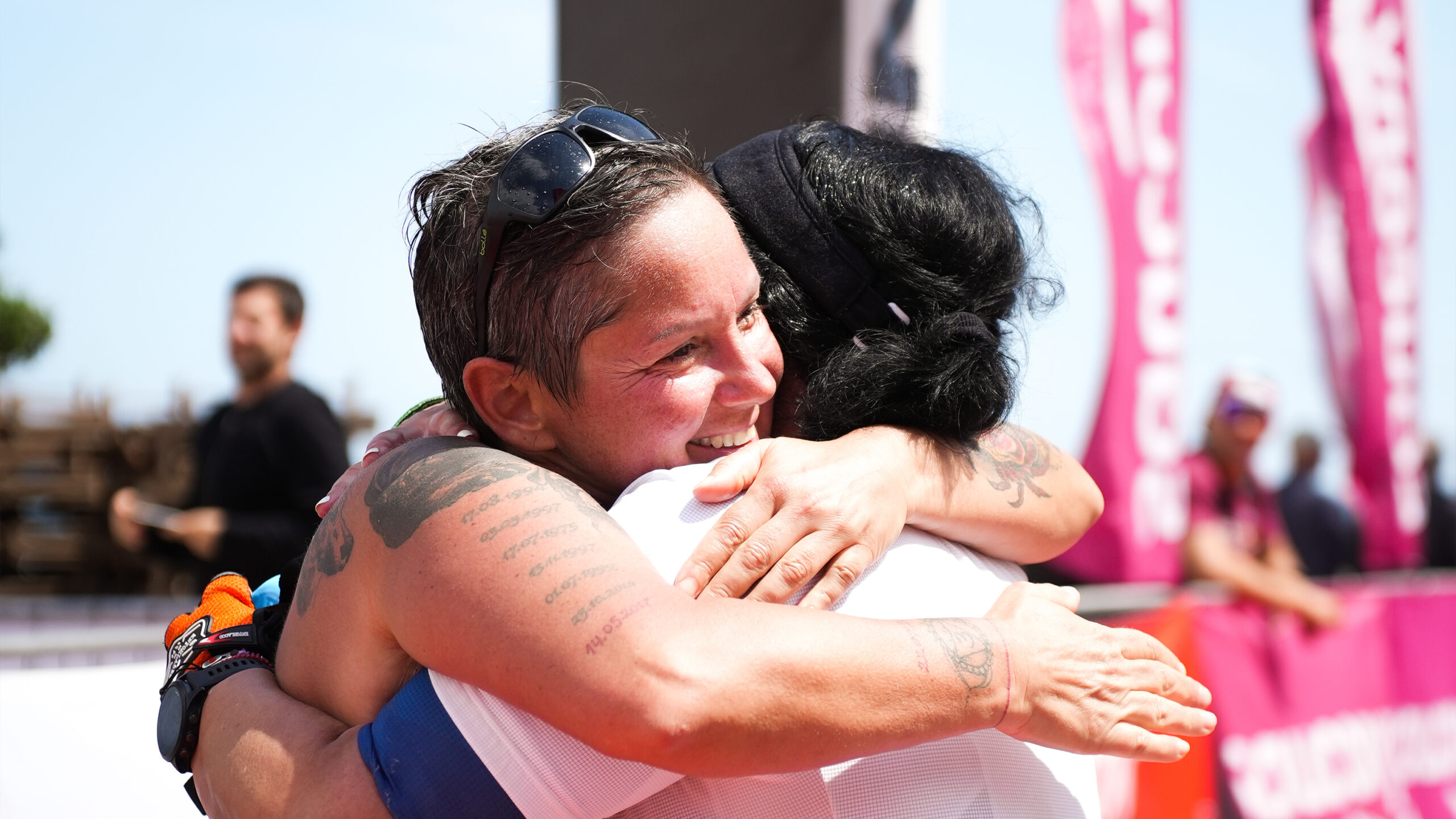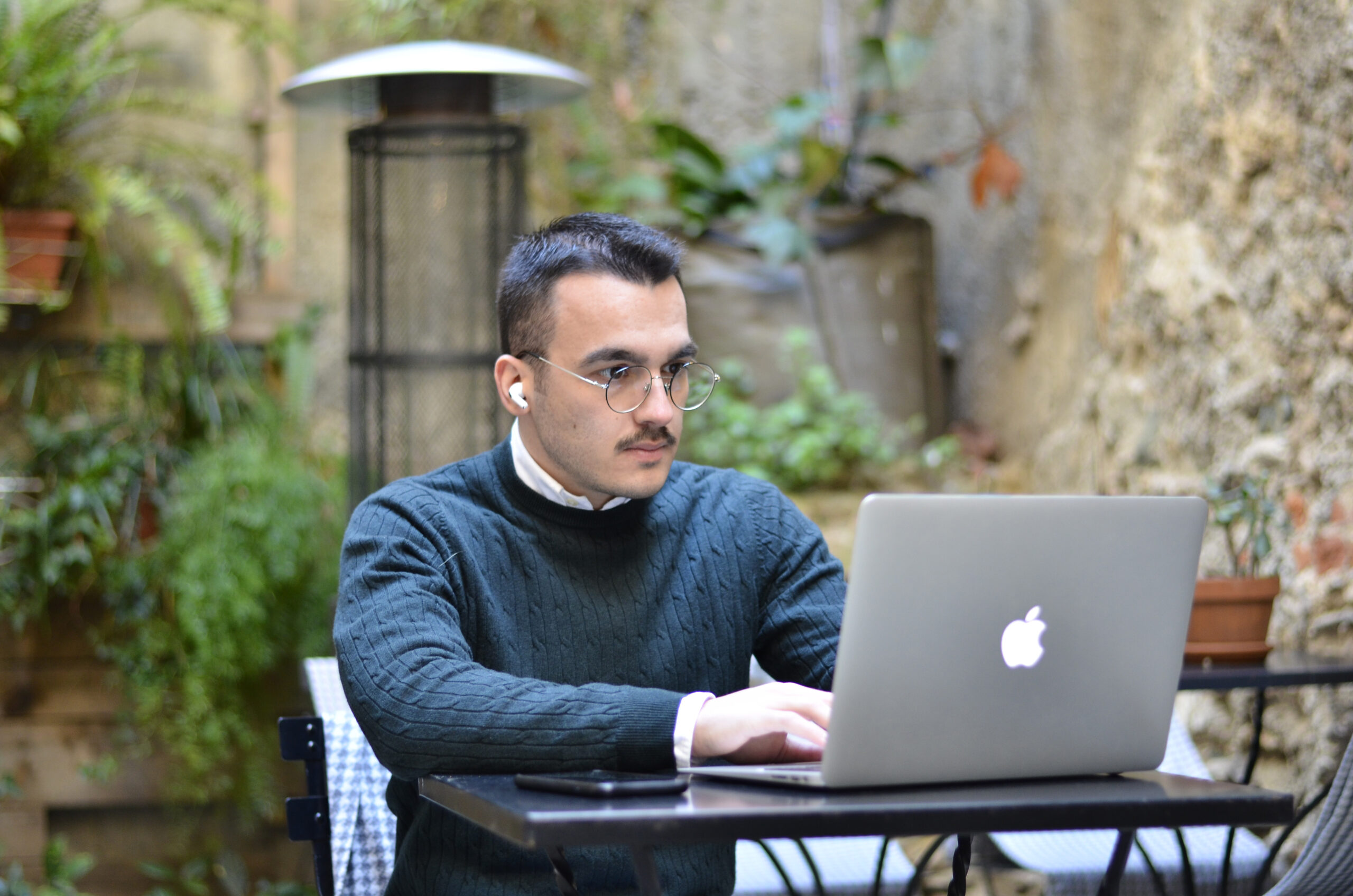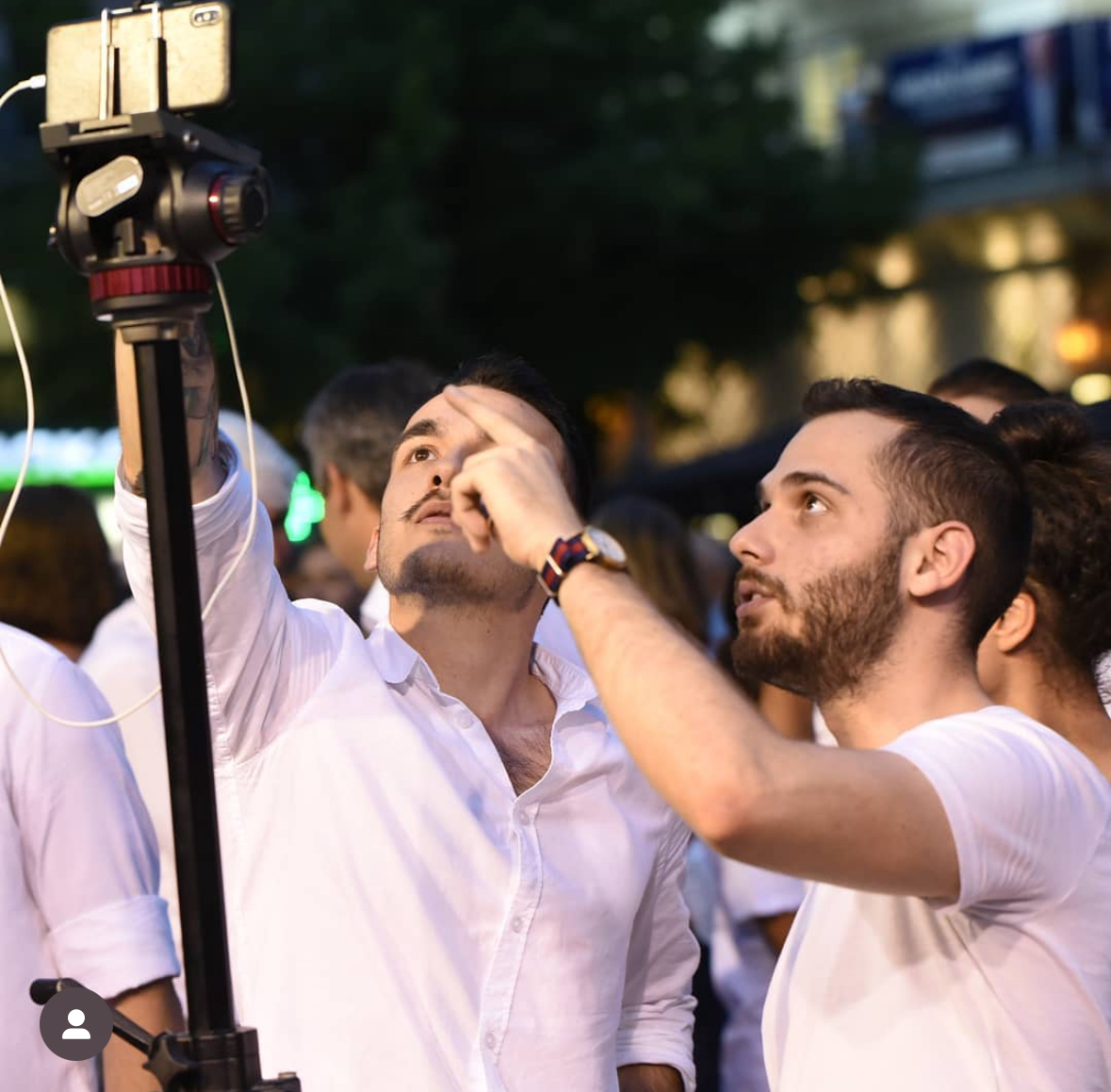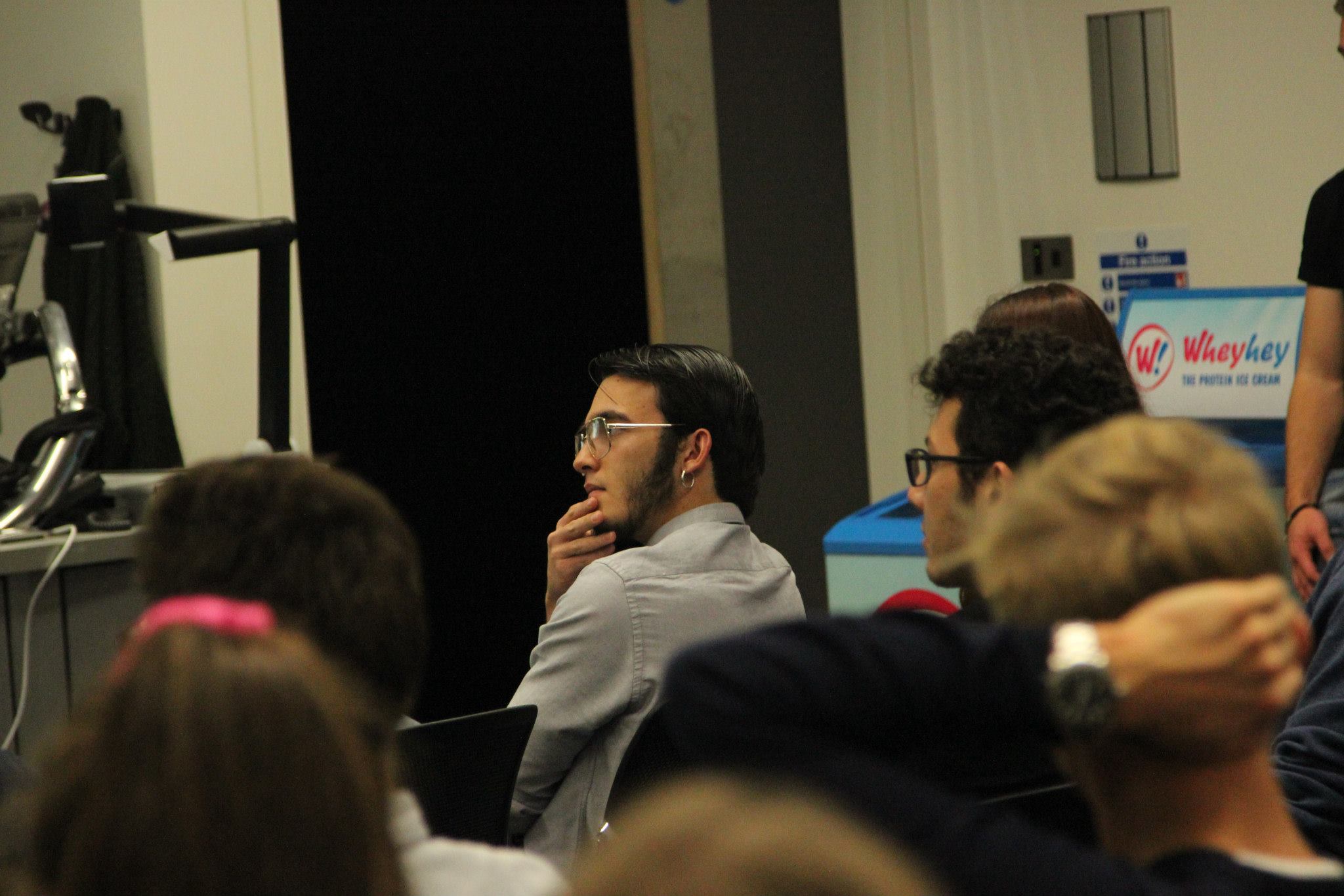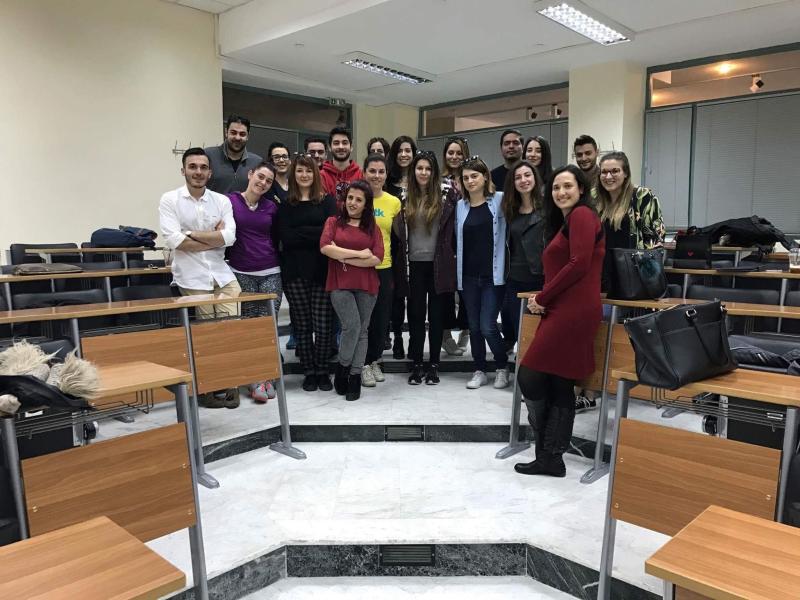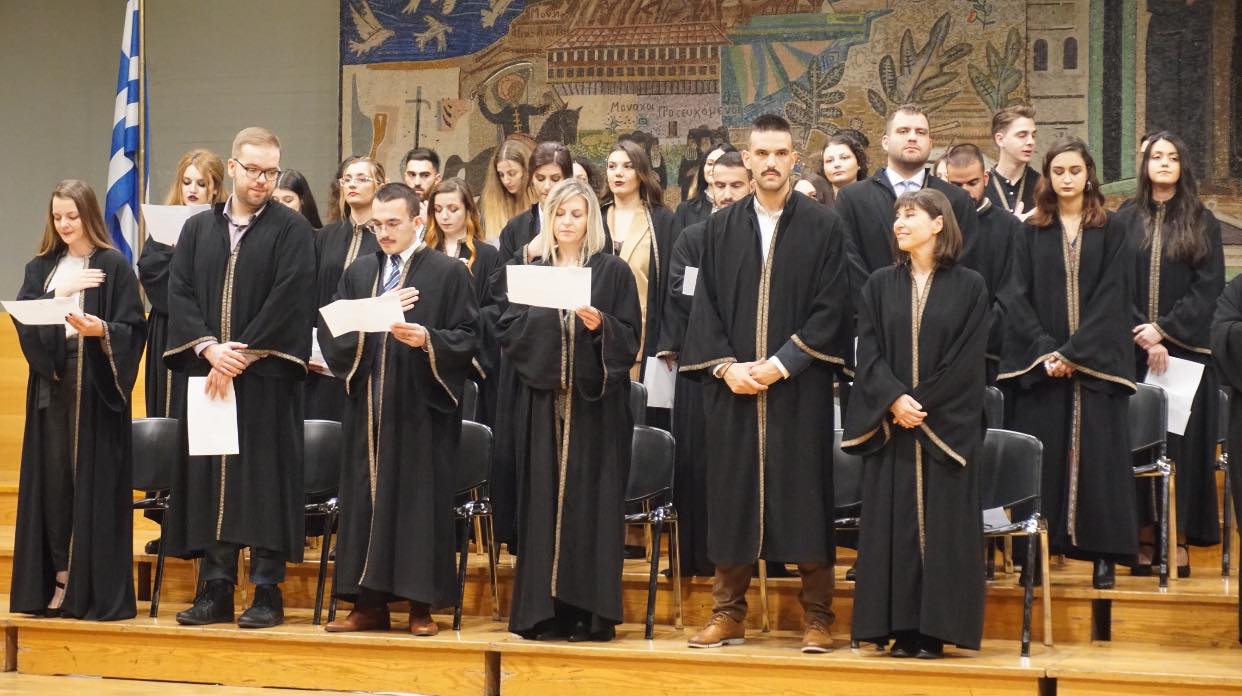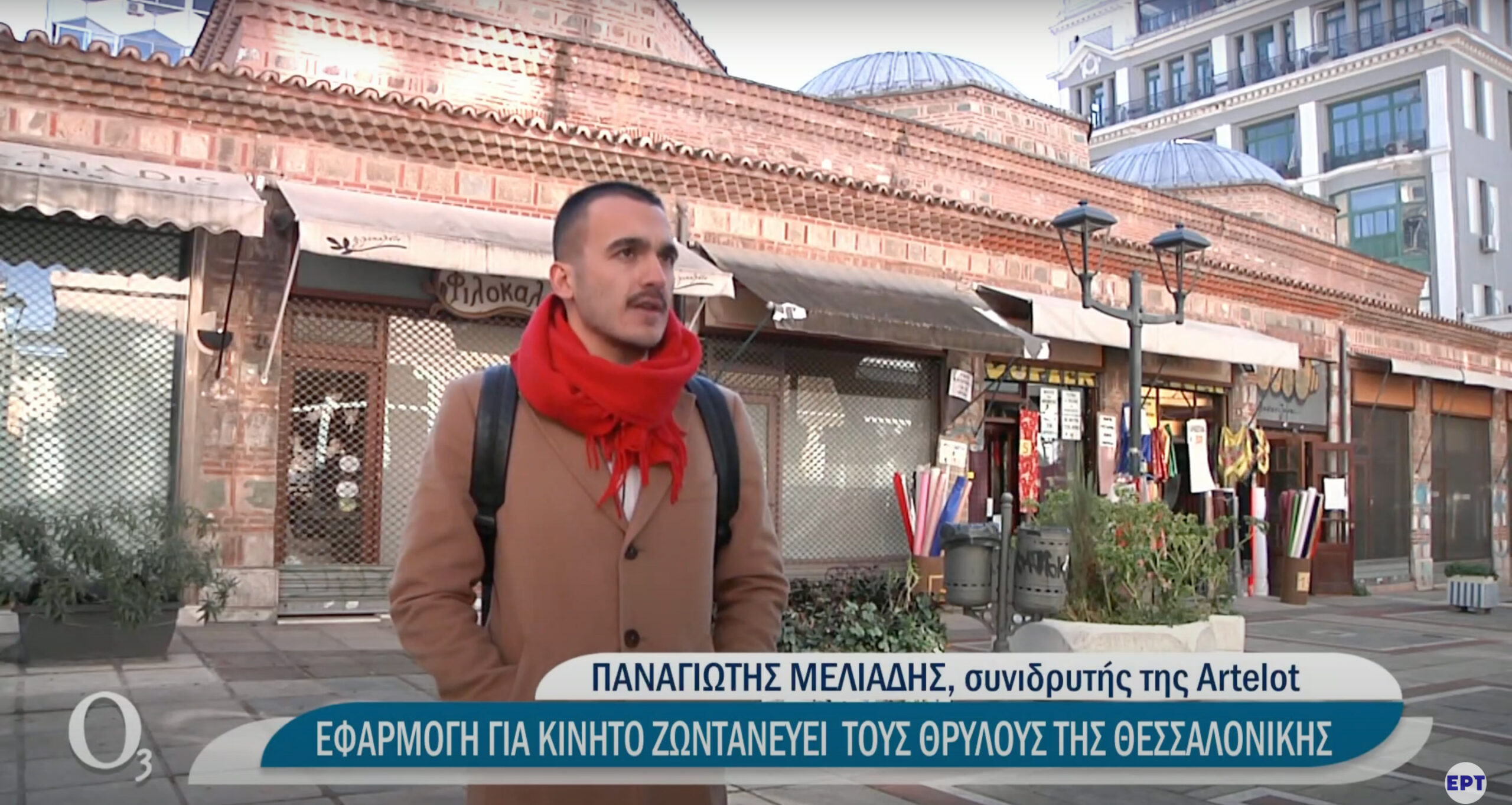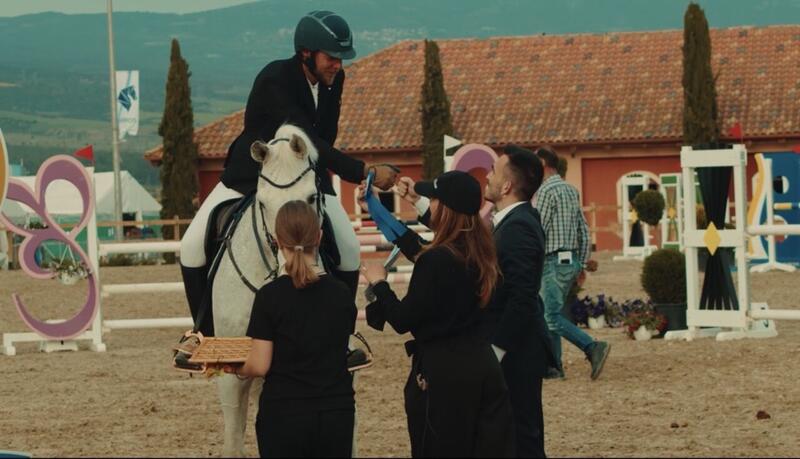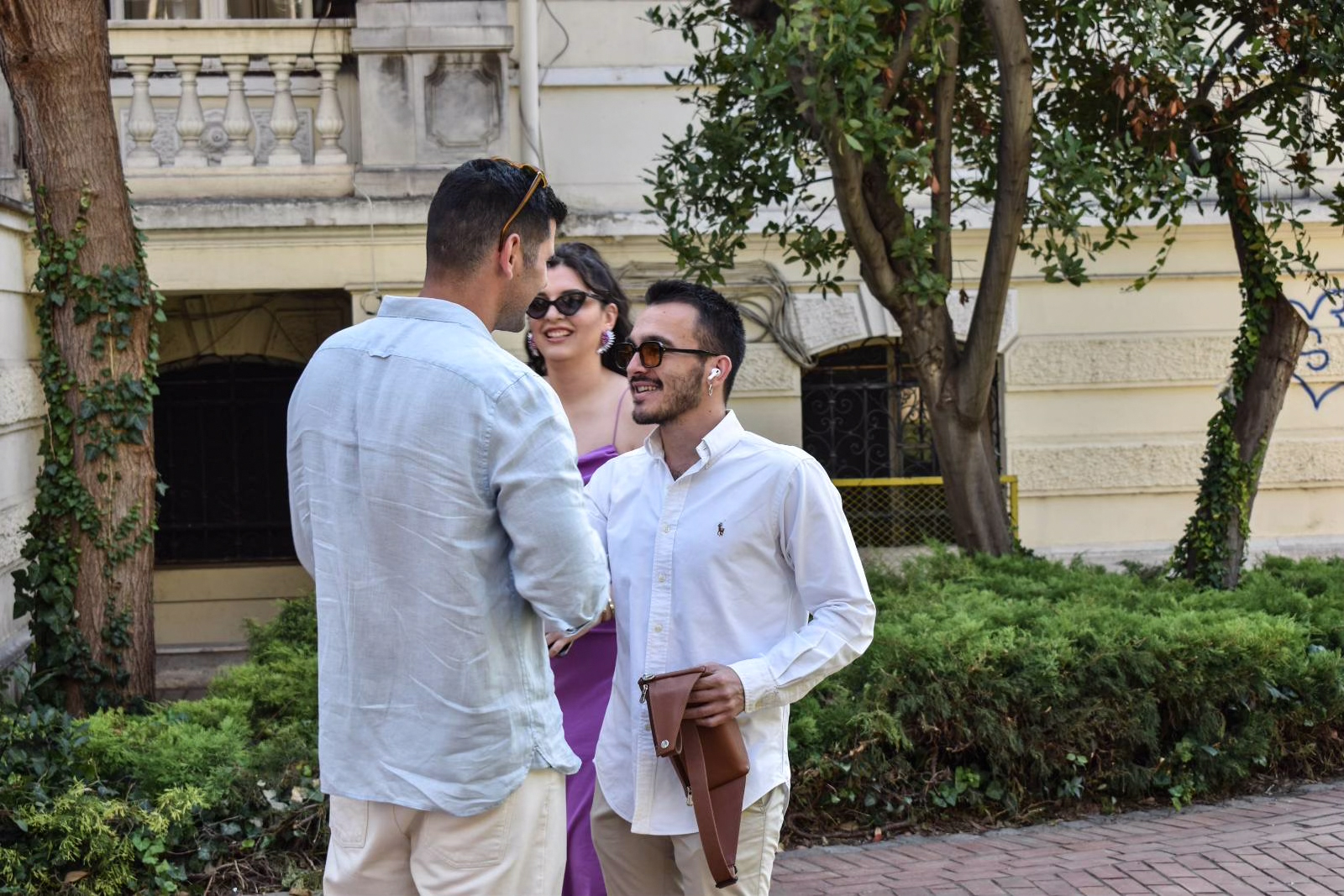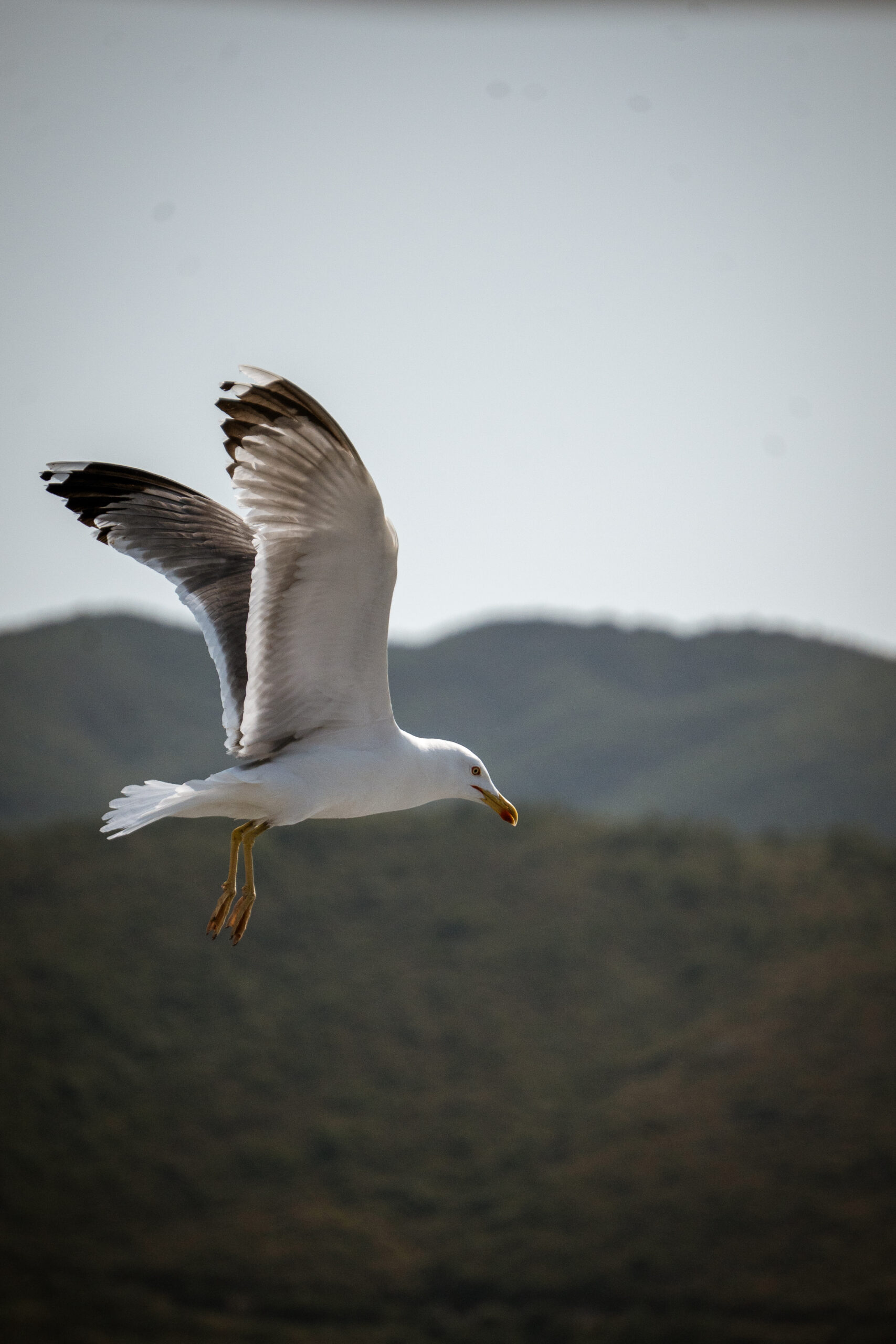
A Seagull, a Ship, and a Sacred Moment on Mount Athos
There are moments in photography that find you more than you find them. One such moment happened during my recent visit to Mount Athos—a place of silence, devotion, and untamed beauty. As the ship gently sailed past the ancient monasteries clinging to the cliffs, something in the sky stirred the stillness: a seagull, bold and relentless, circled above us like a winged sentinel with a singular mission.
This wasn’t a rare species or a technically perfect composition. It was something much more valuable to me as a photographer—a moment alive with narrative and instinct. The bird, wild and free, was dancing between hunger and habit, swooping down toward the ship with unwavering focus. Its eyes scanned the deck, wings slicing through the golden Aegean air, unafraid to plead, to beg, to demand.
This wasn’t just a bird looking for food. It was a fellow pilgrim, an eternal traveler that had learned the sacred rhythm of the Athonite boats and the generosity of their passengers. It knew where it was going, and more importantly, it knew how to ask for what it needed.
Observing Before Capturing
I don’t always photograph wildlife. Not because I lack interest—in fact, it’s the exact opposite. I often find myself so captivated by the raw behavior of animals that I prefer to observe them uninterrupted. My lens becomes a filter I hesitate to use, fearing it might sterilize the intimacy of the encounter.
But this time, I made an exception.
The sky was open, the moment was clear, and the story was unfolding right in front of me. I knew I had to take the shot—not to document the bird, but to honor its determination and presence.
The Gear & Camera Settings: Capturing Flight in Full Light
To bring the moment to life, I used the Sony A7IV paired with Sony’s E 55-210mm f/4.5-6.3 OSS lens. A modest lens in many ways, but lightweight and surprisingly responsive when paired with a full-frame sensor and the right mindset.
Here’s the exact setup I used:
- Focal Length: 210mm (maximum)
- Shutter Speed: 1/6400 sec
- Aperture: f/6.3
- ISO: 500
Why these settings?
210mm gave me the reach to isolate the seagull mid-air without including too much of the boat or background. Compression also helped separate the bird from the distant sea.
1/6400 sec was critical. At that shutter speed, I froze the motion of the wings with surgical precision. Birds in flight are among the most challenging subjects; anything slower would have risked blur.
f/6.3 was the widest available at this focal length. It gave me just enough depth to keep the bird sharp while letting the background fade softly into sea-sky harmony.
ISO 500 was the compromise I accepted. I needed a fast shutter, and with abundant light that day, 500 gave me a clean file with minimal noise.
The Editing: Breathing Life Into the Frame
Post-processing is where emotion meets precision. The goal wasn’t to manipulate the moment but to enhance the feeling I had when I saw it happen. I wanted the seagull to feel alive—agile, hungry, and determined. Here’s how I did it, and why:
Temperature: 5700
I warmed up the tones just slightly to reflect the late morning light bouncing off the sea and the boat. It also gave the feathers a gentle warmth, distancing the bird from clinical white.
Tint: +13
A small push toward magenta helped correct the cooler sea tones and added vibrancy to the white plumage, avoiding a greenish cast and lending the scene a more poetic hue.
Vibrance: +15
Unlike saturation, vibrance avoids oversaturating skin and whites. Here, it brought subtle intensity to the blue shadows of the wings and the golden tints of the sun-lit feathers.
Exposure: +0.44
The bird was slightly underexposed due to the bright background sky. This lift ensured its body and facial expression (yes, even birds have them) stood out.
Contrast: +7
A light boost helped define the edges without overpowering the softness of the background.
Highlights: -78
Pulling back the highlights brought back detail in the sky and wings, avoiding that washed-out, overexposed look you often get on sunny days at sea.
Shadows: +49
Brightening the shadows helped lift detail in the underparts of the wings and body without affecting the mood.
Whites: +50
This was deliberate. The whites of the bird needed to pop—radiate even—to draw focus. It gives that alive feeling, like it might fly right out of the frame.
Blacks: -22
Deepening the blacks grounded the image and created a balanced contrast with the lifted whites and shadows.
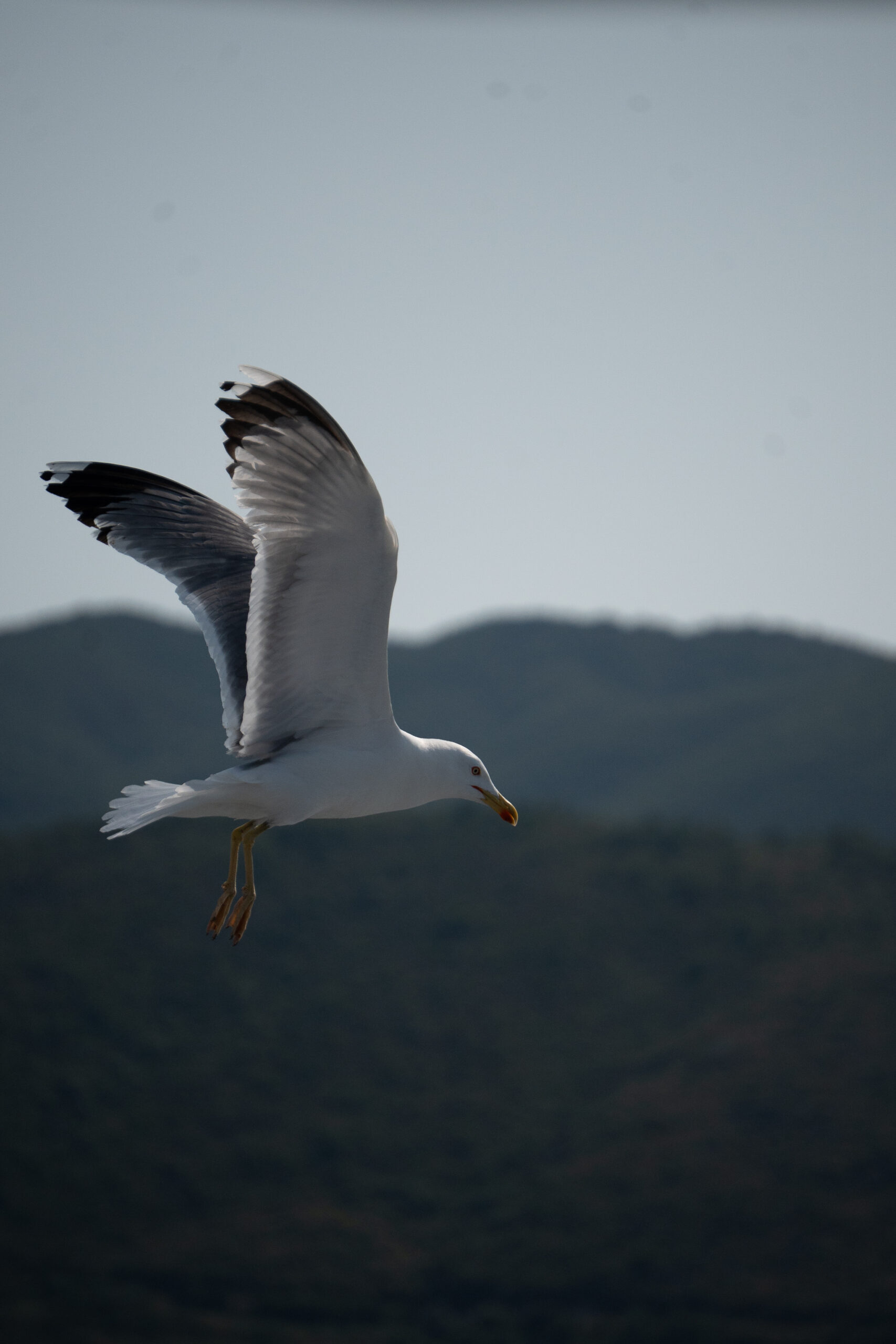

Final Thoughts: A Frame Worth Chasing
This photograph is more than a souvenir of a trip to Mount Athos. It’s a reminder that even in sacred silence, there are voices in flight, asking for our attention. The seagull was a creature of hunger, yes—but also of hope, instinct, and persistence.
Photography, at its best, captures that intersection between story and light. And sometimes, all it takes is the willingness to look up.
If you enjoyed this story and you’d like to learn more about my work—or just get in touch and say hi—I’d love to hear from you.
📩 Feel free to contact me anytime!
